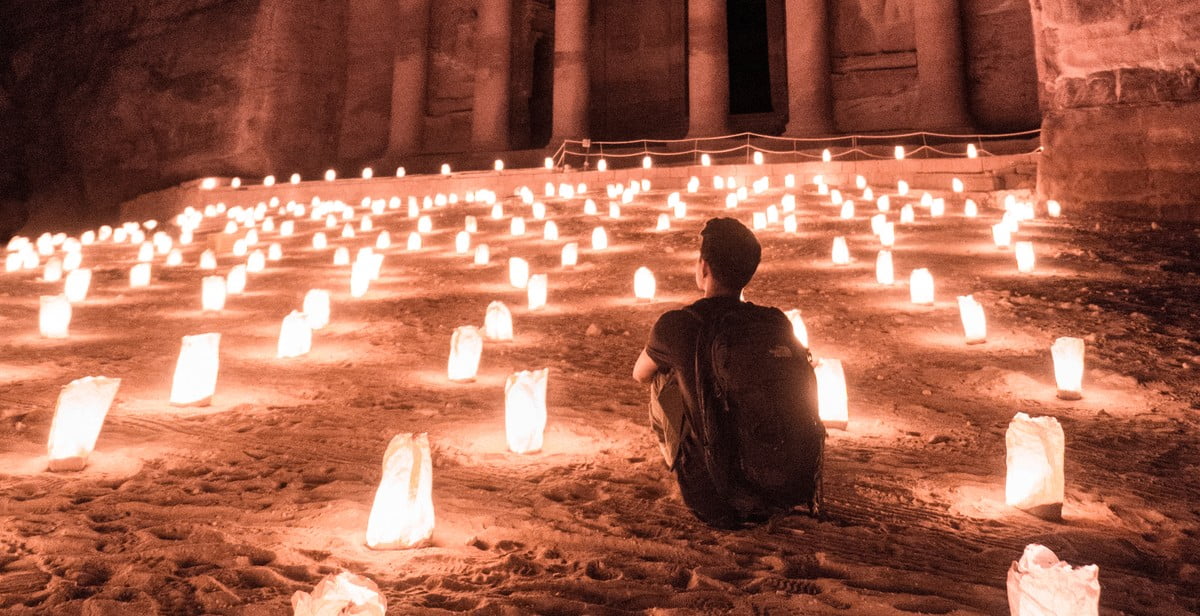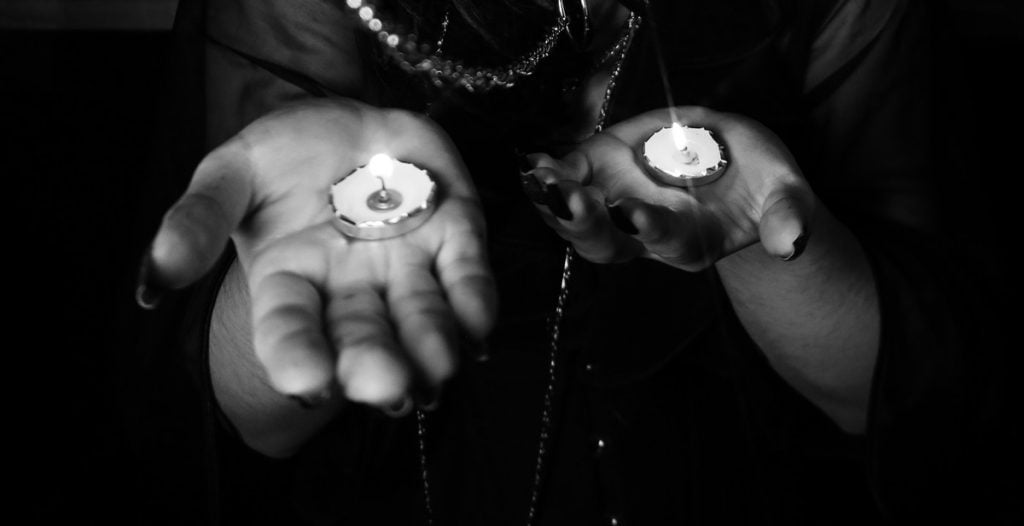The History of Candle-Making Guilds and Associations
Candle-making guilds and associations have been around for centuries, playing an important role in the development and regulation of the candle-making industry. These organizations were formed to protect the interests of candle-makers and to ensure that high-quality candles were produced for consumers.
What are Candle-Making Guilds and Associations?
Candle-making guilds and associations are professional organizations that represent the interests of candle-makers. They were established to promote the craft of candle-making, set standards for quality and safety, and provide a forum for candle-makers to exchange ideas and information.
These organizations played a vital role in the development of the candle-making industry. They provided training and support for new candle-makers, helped to regulate the industry, and ensured that consumers had access to high-quality candles.
The Role of Candle-Making Guilds and Associations
One of the primary roles of candle-making guilds and associations was to set standards for the industry. They established guidelines for the production of candles, including the materials that could be used, the quality of the wax, and the safety of the candles.
Another important role of these organizations was to provide support and training for new candle-makers. They offered apprenticeships and training programs to help new candle-makers learn the craft and develop the skills needed to produce high-quality candles.
Candle-making guilds and associations also played a role in regulating the industry. They monitored the production of candles and ensured that all candles produced by their members met the standards set by the organization.
The Legacy of Candle-Making Guilds and Associations
Today, the legacy of candle-making guilds and associations can still be seen in the candle-making industry. Many of the standards and practices established by these organizations are still in use today, and the craft of candle-making continues to be passed down from generation to generation.
While the role of candle-making guilds and associations may have changed over the years, their impact on the industry is still felt today. They helped to shape the candle-making industry and ensure that high-quality candles were produced for consumers.

The Origins of Candle-Making Guilds
Candle-making is an ancient craft that has been practiced since the dawn of civilization. The earliest known candles were made by the ancient Egyptians, who used reeds soaked in animal fat to create a wick. The Romans also made candles out of tallow, and the Chinese used beeswax to create their candles.
As the use of candles spread throughout Europe in the Middle Ages, candle-makers began to organize themselves into guilds. These guilds were formed to protect the interests of candle-makers and to ensure that the quality of candles was maintained.
The Rise of Candle-Making Guilds in Europe
The first candle-making guilds in Europe were established in the 12th century. These guilds were typically made up of master candle-makers, who were skilled in the art of candle-making, and apprentices, who were learning the craft.
The guilds had strict rules and regulations governing the production of candles. They set standards for the quality of the wax, the size and shape of the candles, and the length of time they should burn. The guilds also regulated the prices of candles, to prevent price gouging by unscrupulous candle-makers.
Membership in a candle-making guild was highly sought after, as it provided a measure of security and stability for candle-makers. The guilds provided support in times of illness or hardship, and ensured that their members were treated fairly by customers and competitors alike.
The candle-making guilds continued to flourish throughout the Middle Ages and into the Renaissance. They played an important role in the development of the candle-making industry, and helped to ensure that candles remained an essential part of daily life for centuries to come.

The role of candle-making guilds
Candle-making guilds played a crucial role in the history of the candle-making industry. These guilds were established to ensure quality control, standardization, and regulation of the industry. They provided training and apprenticeships to aspiring candle makers, ensuring that the craft was passed down from one generation to the next.
Training and apprenticeships
Guilds were responsible for training and educating aspiring candle makers. They provided apprenticeships to young individuals who were interested in learning the craft. These apprenticeships were highly structured and typically lasted for several years. During this time, apprentices learned the various techniques involved in candle making, including the selection of raw materials, the process of melting wax, and the use of molds and wicks.
Quality control and standardization
Guilds were also responsible for ensuring that the candles produced by their members met a certain standard of quality. They established rules and regulations that governed the production process, ensuring that all candles were made to a consistent standard. This helped to maintain the reputation of the industry and ensured that consumers received high-quality products.
Regulation and pricing
Guilds also played a role in regulating the candle-making industry. They established rules and regulations that governed the production process, ensuring that all candles were made to a consistent standard. They also regulated pricing, ensuring that prices were fair and consistent across the industry.
Overall, candle-making guilds played a crucial role in the development and regulation of the candle-making industry. They helped to ensure that the craft was passed down from one generation to the next, that quality was maintained, and that prices were fair and consistent.

The Decline of Candle-Making Guilds
The advent of industrialization brought about a significant change in the candle-making industry. The rise of mass-produced candles led to the decline of candle-making guilds and associations. The introduction of machines made it possible to produce candles on a large scale, which made it difficult for guilds to compete.
As the demand for candles increased, manufacturers began to produce them in large quantities, making them more affordable for the average person. This made it difficult for guilds to maintain their prices and compete with the mass-produced candles. The decline of candle-making guilds was also due to the fact that people began to favor the new and modern candles produced by machines.
The Rise of Mass-Produced Candles
The introduction of machines in the candle-making industry revolutionized the way candles were produced. The development of machines such as the steam engine and the continuous-moulding machine made it possible to produce candles on a large scale. This led to the rise of mass-produced candles, which were cheaper and more readily available than those produced by guilds.
The new machines were able to produce candles faster and more efficiently, which made them more profitable for manufacturers. This led to the decline of candle-making guilds, which could not keep up with the mass production of candles. The rise of mass-produced candles also led to the development of new materials such as paraffin wax, which was cheaper and easier to produce than beeswax.
The Impact of Industrialization
The impact of industrialization on the candle-making industry cannot be understated. The introduction of machines and the rise of mass-produced candles led to the decline of candle-making guilds and associations. The new machines made it possible to produce candles faster and more efficiently, which made them cheaper and more readily available to the average person.
The decline of candle-making guilds was a significant loss for the industry, as guilds were responsible for maintaining quality standards and promoting the art of candle-making. However, the rise of mass-produced candles paved the way for the development of new materials and the expansion of the industry.

Modern Candle-Making Associations
In the modern world, there are several associations that represent the interests of the candle-making industry. These associations play a crucial role in promoting the growth of the industry and ensuring that high-quality candles are produced and sold to consumers.
The National Candle Association
The National Candle Association (NCA) is a trade association that represents the candle-making industry in the United States. It was founded in 1974 and has since then served as the leading voice of the industry. The NCA focuses on promoting the safe use of candles and educating consumers on the benefits of candles.
The NCA has a membership that includes candle manufacturers, suppliers, and retailers. The association provides its members with resources and support to help them grow their businesses. It also conducts research on various aspects of the candle-making industry and shares the findings with its members.
The European Candle Association
The European Candle Association (ECA) is a trade association that represents the interests of the candle-making industry in Europe. It was founded in 1973 and has since then grown to become a leading voice of the industry in Europe.
The ECA has a membership that includes candle manufacturers, suppliers, and retailers. The association works to promote the use of candles and to ensure that high-quality candles are produced and sold to consumers. It also provides its members with resources and support to help them grow their businesses.
The ECA is committed to promoting the safety of candles and educating consumers on the benefits of candles. It conducts research on various aspects of the industry and shares the findings with its members. The association also works to ensure that the candle-making industry in Europe is sustainable and environmentally friendly.
| Association | Founded | Membership | Focus |
|---|---|---|---|
| National Candle Association | 1974 | Candle manufacturers, suppliers, and retailers in the United States | Promoting the safe use of candles and educating consumers on the benefits of candles |
| European Candle Association | 1973 | Candle manufacturers, suppliers, and retailers in Europe | Promoting the use of candles, ensuring high-quality candles are produced and sold to consumers, and promoting sustainability and environmental friendliness |

Conclusion
In conclusion, candle-making guilds and associations have played a significant role in shaping the history of candle-making. These organizations were created to protect the interests of candle-makers and ensure that their products met certain quality standards. They also provided training and support to new candle-makers, helping to ensure that the craft was passed down from generation to generation.
Today, the legacy of these guilds and associations lives on in the form of modern-day candle-making techniques and the continued popularity of candles as a decorative and functional item. While the traditional methods of candle-making may have evolved over time, the principles of quality, craftsmanship, and community remain at the heart of the industry.
Whether you are a professional candle-maker or simply a lover of candles, it is important to recognize and appreciate the contributions of these organizations to the history of candle-making. By doing so, we can continue to honor the traditions of the past while also embracing the innovations and advancements of the present.
| Key Takeaways: |
|



